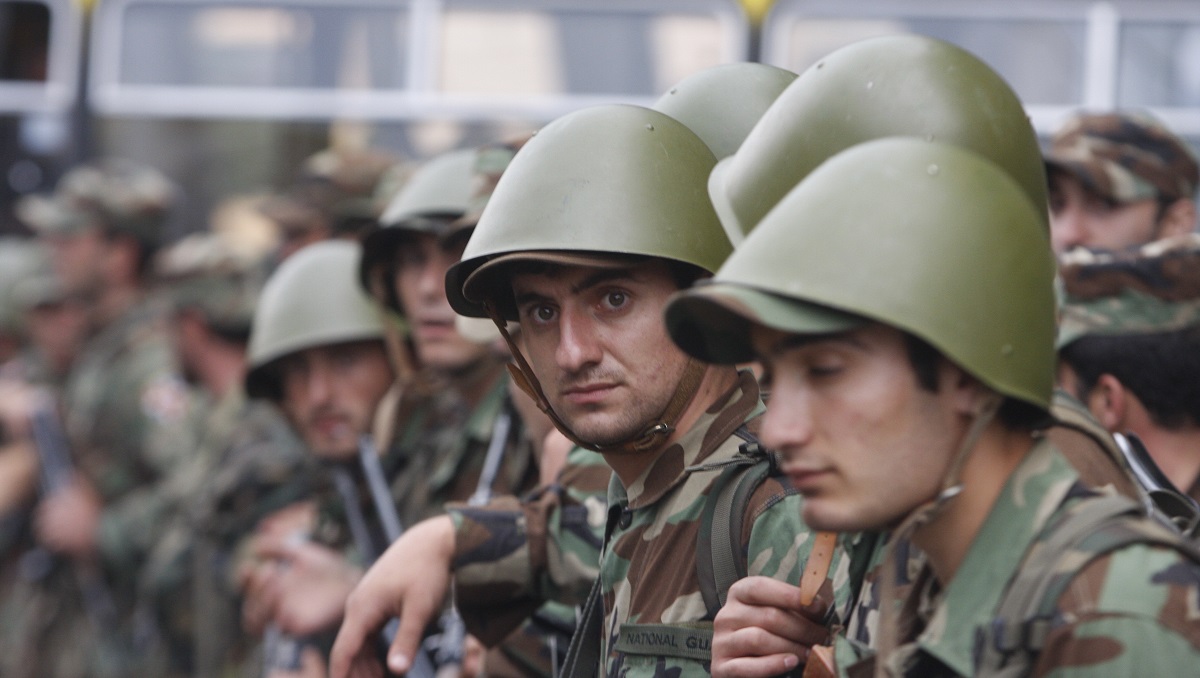The extended conflict involving Serbia and Kosovo has significantly influenced the political, social, and economic environments of the Western Balkans. Originating from ethnic, historical, and political intricacies, the tension has transitioned from a full-scale war in the late 1990s to a complex post-war scenario. This article delves into the extensive repercussions of this conflict, analyzing both regional and global dynamics, as well as the substantial effects on local communities.
Political Ramifications
1. Global Acknowledgment and Diplomatic Strains
Kosovo declared independence from Serbia in 2008, a move Serbia does not recognize. This has led to a persistent diplomatic impasse. Around 100 countries, including the United States and most European Union members, recognize Kosovo’s independence, while Serbia and several countries—including Russia and China—do not. This schism complicates Kosovo’s aspirations to join global organizations such as the United Nations and the European Union. The lack of consensus has resulted in frequent political standoffs at international forums, stalling dialogue and fueling mutual distrust.
2. EU Inclusion and Regional Equilibrium
Both Serbia and Kosovo seek integration with the European Union, but the unresolved conflict is a primary obstacle. The EU has made it clear that normalization of relations is a precondition for further accession talks. As a result, the accession process for both states has stagnated, leaving the Western Balkans in a state of uncertainty. Prolonged ambiguity surrounding borders and governance provokes anxiety among neighboring states and raises concerns about the potential for renewed ethnic tensions.
Socio-Economic Effects
1. Economic Slowdown and Inequality
Economic growth in both regions is directly impacted by ongoing hostilities. Damage to infrastructure from conflicts, ongoing security issues, and limited cross-border trade deter international investments. The World Bank highlighted in 2022 that Kosovo’s GDP per capita is significantly below the EU average, coupled with high unemployment rates, particularly among young people. In Serbia, areas near Kosovo face economic instability caused by interrupted trade and recurrent tensions.
2. Humanitarian and Social Impacts
The conflict of the 1990s forced hundreds of thousands of people—Serbs, Albanians, and other minorities—to flee their homes. Despite several returnee programs, many communities remain ethnically segregated. Deep-seated mutual mistrust has made reconciliation efforts difficult, obstructing integration at all levels of society. The Balkan Investigative Reporting Network documented that over 1,600 persons remain missing as of 2023, underscoring unresolved humanitarian wounds.
Security Implications
1. Regular Increases and Global Involvements
Although open hostilities ceased in 1999, incidents such as the 2023 unrest in northern Kosovo expose the persistent risk of violence. The NATO-led KFOR mission and the EU’s EULEX continue to play a stabilizing role, but sporadic incidents between ethnic Serbs and Albanians highlight the fragile peace. Any escalation risks drawing in neighboring states or external actors, threatening broader regional stability.
2. Challenges of Transnational Crime and Border Control
The administrative division, combined with weak institutional cooperation, provides fertile ground for organized crime and smuggling. International agencies have warned of trafficking in weapons, drugs, and people along the porous Serbia-Kosovo boundary. These criminal dynamics undermine the rule of law and impede legitimate economic development.
Influence on Culture and Psychology
1. Diverse Identities and Learning Obstacles
Generations in both Kosovo and Serbia have grown up under narratives shaped by conflict, leading to deeply divided perceptions of history, sovereignty, and cultural heritage. School textbooks present divergent accounts, reinforcing mutual suspicions. In minority communities, access to education in one’s native language is often restricted, perpetuating segregation.
2. Decay of Trust and Participation in Civil Society
Efforts at dialogue and mutual understanding are hindered by a chronic lack of trust. Civil society organizations play a crucial mediating role, yet their reach is limited by political restrictions and a challenging funding environment. High-profile cultural heritage disputes—such as over Serbian Orthodox sites in Kosovo—feed into broader narratives of victimhood and loss, making reconciliation arduous.
Illustrative Incidents
1. The Obstruction in Northern Kosovo (2022–2023)
A sequence of border blockades and tense standoffs in northern Kosovo illustrated the fragility of on-the-ground relations. Local Serb communities, objecting to Kosovo government policies, erected barriers and refused cooperation—leading to a cycle of police actions, protests, and international mediation. The situation disrupted daily life, commerce, and access to basic services, while stoking fears of renewed fighting.
2. Stalled Brussels Dialogue
Initiated in 2011 with the support of the EU, the Brussels Dialogue sought to establish normalized relations. Although technical agreements were achieved in areas like energy and telecommunications, the actual enforcement of these agreements has been uneven. Political leaders encounter resistance at home when they make compromises, which leads to a slowdown in progress. Every stalemate reduces public trust in negotiations as an effective means of resolving conflicts.
The Serbia-Kosovo conflict offers a complex case study of how unresolved political disputes permeate societies, economies, and international relations. Every dimension of life—from economic opportunity to cultural memory and regional stability—remains influenced by the conflict’s legacy. Efforts at resolution move forward slowly, constrained by deeply embedded narratives and mutual resentment. The experiences of local communities, coupled with persistent international involvement, underscore the need for creative dialogue, grounded reconciliation processes, and sustained engagement on all levels. Only with these can pathways toward durable peace and lasting development emerge in a region shaped by historical division and contemporary challenges.
